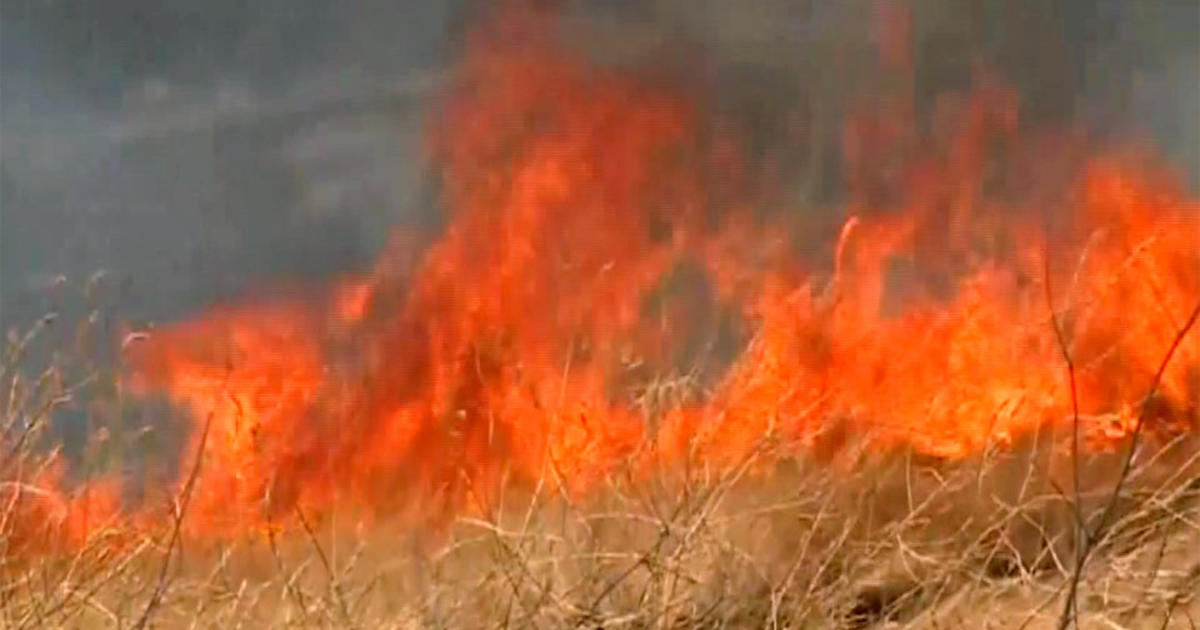Why Do Leaves Fall At Different Times?
MINNEAPOLIS (WCCO) -- There's a good chance some of your trees are bare, but others are still full of leaves.
And a big, brilliant green maple in the yard of Steve from Long Prairie has him wanting to know: Why do leaves fall at different times? Good Question.
Everyone has that tree that doesn't want summer to end. It's the last one to lose its leaves, and the one you have to go back for a second round of raking.
"The type of tree is the most important one when a tree loses its leaves," says Brian Schwingle with the Forestry Division at the Minnesota Department of Natural Resources.
He says people can generalize when it comes to types of trees. Walnut and birch trees tend to lose their leaves earlier than others. Oaks often hang on for a while. The differences can sometimes be attributed to trees that aren't native to Minnesota.
"They never evolved to our climate conditions so they aren't exactly in sync with our native trees," he says.
Leaves start the process of "falling" when the nights get longer. The chemicals at the base of the leaves weaken the cell layer there to the point where the leaf separates from the tree.
Environmental factors can also play a role, according to a paper from the horticulture department at the University of Nebraska-Lincoln. Proximity to water, sunlight, wind or chemicals can all play a role on when leaves drop.
Even street lights can interrupt a tree's natural light cycle. Schwingle says it's rare for a tree to be diseased to the point where it affects its leaves.
"If a homeowner is looking at their tree and it has a ton of green leaves in the canopy, they should not be concerned at all," he says. "It's probably normal for that tree."



